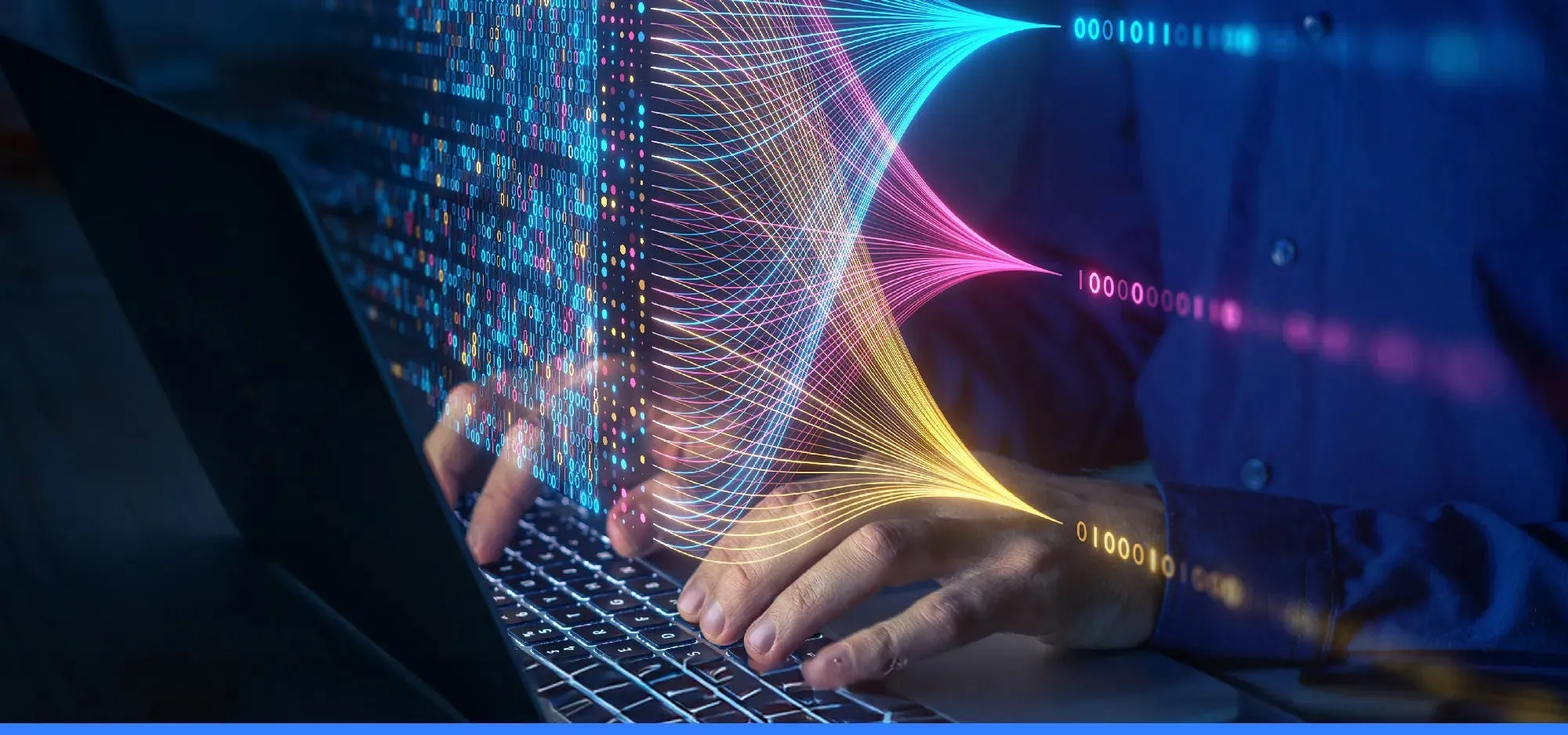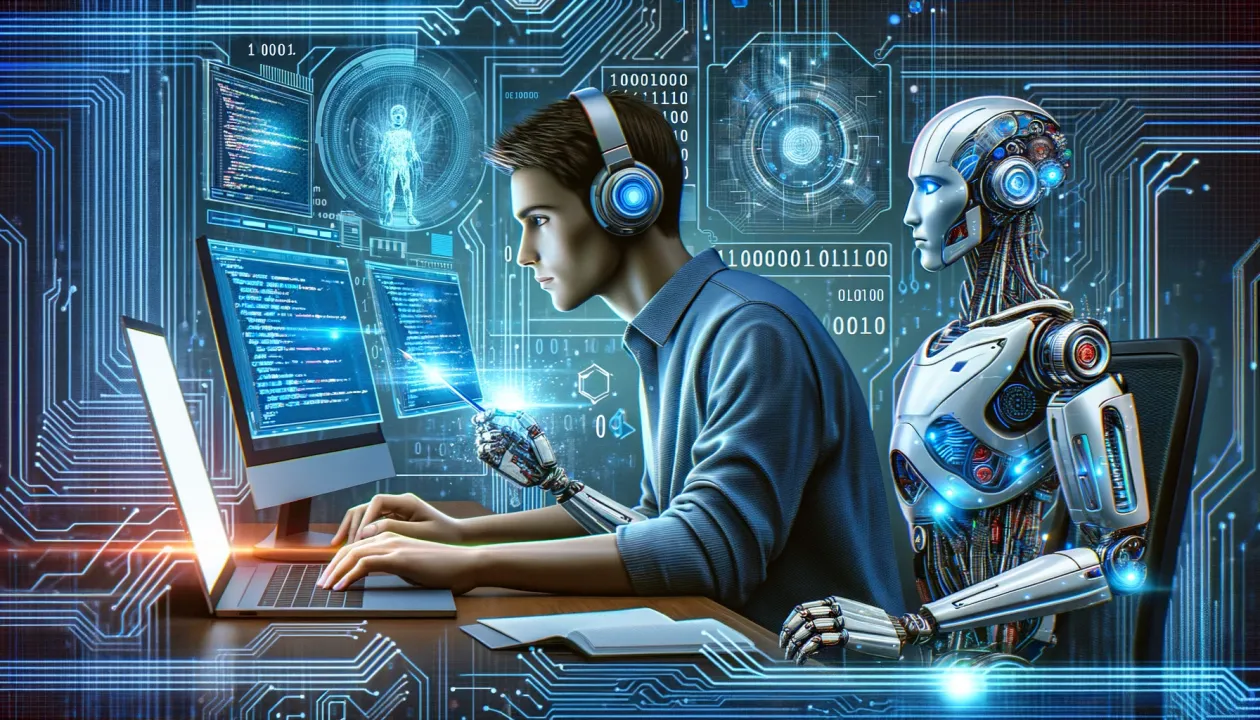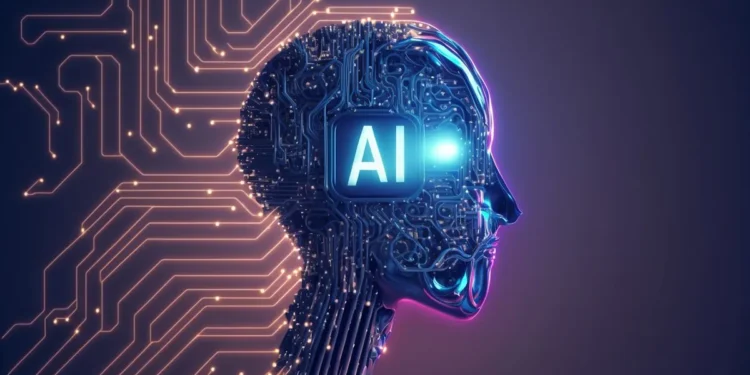AI’s role in software development has seen remarkable growth, but it’s not quite ready to replace human coders, especially when it comes to debugging. A recent study from Microsoft Research underscores why AI still falls short in this critical aspect of programming.

The Growing Role of AI in Software Development
Artificial Intelligence has made significant inroads into the world of software development. From automating simple coding tasks to streamlining workflows, AI tools such as GitHub Copilot have become integral to many developers’ daily routines. In fact, the notion that AI is on the verge of replacing human coders has gained considerable traction, leading some to believe that the days of human developers may be numbered.
Yet, as more developers rely on AI-assisted coding, one crucial task remains beyond its grasp—debugging. Debugging is an essential aspect of software development, consuming a substantial portion of a developer’s time and often determining the success or failure of a project.
While AI has proven to be valuable in generating code snippets and providing suggestions, its performance in debugging complex, real-world code leaves much to be desired. That’s where Microsoft’s new tool, Debug-Gym, comes into play.
The Microsoft Research Breakthrough: Debug-Gym
Microsoft Research’s latest experiment highlights a critical flaw in AI’s ability to debug software effectively. Enter Debug-Gym, an innovative tool designed to improve how AI models approach debugging tasks. In a blog post, Microsoft detailed the functionality of Debug-Gym, explaining that it expands an AI agent’s actions and observations when attempting to troubleshoot existing code repositories.

According to the research team, Debug-Gym provides AI agents with access to debugging tools that are typically unavailable to them, such as the ability to set breakpoints, navigate through code, print variable values, and even create test functions. By granting these expanded capabilities, the tool enables AI to interact with the code in a manner that more closely resembles how human developers would approach debugging tasks.
Microsoft’s researchers believe that interactive debugging with the proper tools could allow AI agents to handle real-world software engineering tasks more effectively. However, even with these improvements, the researchers found that AI still falls far short when compared to an experienced human developer.
AI’s Debugging Struggles: A Far Cry from Human Expertise
While the results from Debug-Gym were promising in some respects, they also revealed significant shortcomings in AI’s debugging capabilities. Microsoft’s findings suggest that, despite providing AI agents with debugging tools, their performance in identifying and resolving issues within code was still well below the level of a seasoned developer. The fixes proposed by AI models, while occasionally helpful, often required human oversight to ensure accuracy and effectiveness.
The key takeaway from this research is that AI models still heavily rely on guesswork and prior training data rather than deep contextual understanding. This poses a significant challenge when it comes to debugging, as many issues require a nuanced understanding of the code’s behavior and the context in which it is being executed. AI models, at least in their current state, lack the intuition and experience that human developers bring to the table.
The Road Ahead: AI and Human Collaboration in Software Development
Despite the hurdles, Microsoft’s Debug-Gym is a step in the right direction. By improving how AI interacts with code and enabling it to leverage more advanced debugging tools, there is potential for future breakthroughs that could change how we view AI in software development. However, as the research shows, we’re not quite there yet.

The future of software development likely doesn’t involve replacing human coders with AI agents, but rather fostering a collaborative environment where AI serves as a powerful assistant to human developers. The combination of human expertise and AI’s computational power could lead to more efficient workflows, faster coding, and fewer bugs—but the human touch will remain essential.
For now, developers can rest easy knowing that their jobs are safe. AI may be a useful tool, but when it comes to debugging, it still has a long way to go.
As AI continues to evolve, it’s clear that its capabilities are expanding across various sectors, including software development. However, debugging remains one area where human developers continue to hold a distinct advantage. Microsoft’s Debug-Gym project sheds light on AI’s current limitations, but it also offers a glimpse into a future where AI could assist in debugging tasks—if not completely replace human coders. Only time will tell if AI can truly master the art of debugging, but for now, developers remain at the helm of this crucial task.










